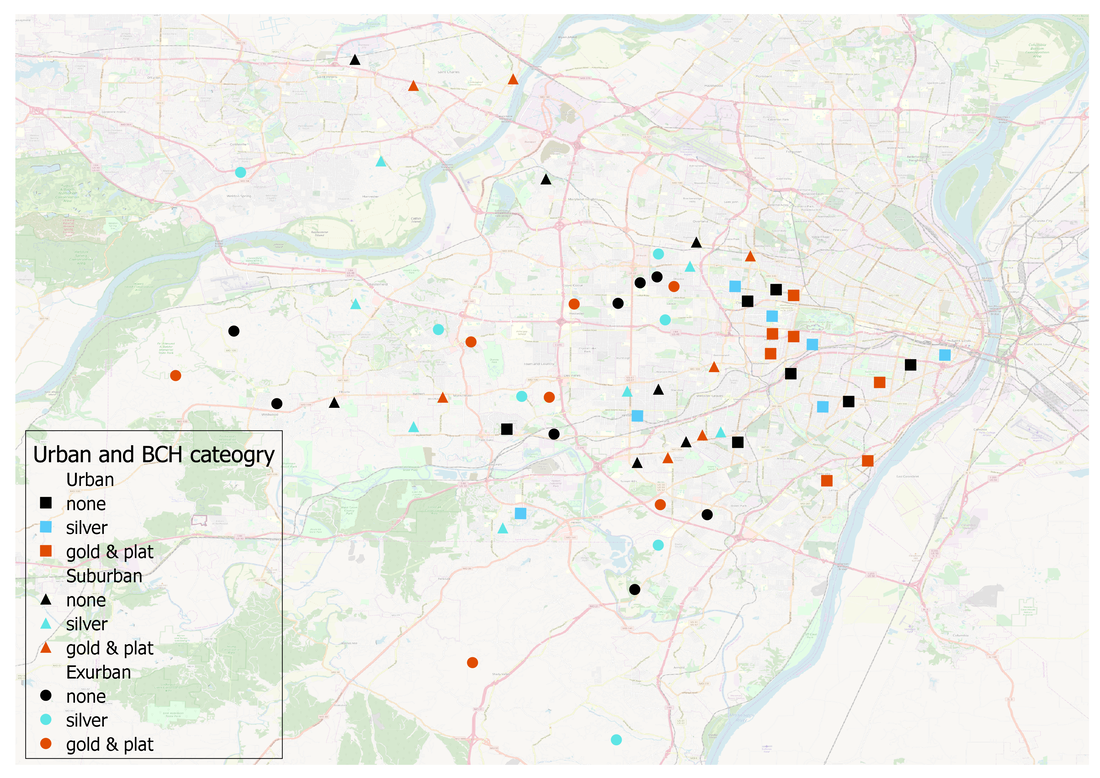|
I have been planning and preparing for over a year to begin studying birds, their predatory behaviors, and their own predation risk, in residential backyards along a gradient of urbanization in the St. Louis metropolitan area, Missouri, USA. Along with the rest of the world, however, my plans have drastically changed due to COVID-19, and instead I am committed to keeping the curve flat, staying at home, and finding a path forward. I am switching gears to employ a no-contact, socially-distanced, stay-at-home sampling regime. My overall research questions remain the same: I am curious how the habitat modifications that residents enrolled in the Bring Conservation Home program have made to their yards (removal of invasive plants, planting natives) influence larger scale patterns in avian functional and phylogenetic diversity. In addition, I am curious how these local features interact with larger scale patterns in urbanization to influence biodiversity. To help me answer these questions, I had selected 63 yards, located along a gradient from highly urbanized areas (e.g., in St. Louis City) to more suburban or rural areas (e.g., in St. Charles and Jefferson counties). A third of the yards have the highest Bring Conservation Home certifications possible (gold or platinum), another third are certified at a lower level (indicating less native cover, more invasive cover; silver), and the final third have not yet been certified (none)--serving as a more typical baseline yard with which to compare.
With the help of landowners, AudioMoth acoustic sampling devices programmed to sample bird and frogs will be deployed in each of these yards for the month of June. I'll collect the devices in July and begin the process of identifying all that we captured. And in doing so, I am diving head first into the world of bioacoustic sampling, and I am really excited about it! Follow me here for updates!
0 Comments
Your comment will be posted after it is approved.
Leave a Reply. |
|

 RSS Feed
RSS Feed